Advancing ESG: Driving asset sustainability with BREEAM and GRESB - BRE Group
Advancing ESG: Driving asset sustainability with BREEAM and GRESB
Within the commercial real estate industry, the conversation around ESG and sustainability is evolving rapidly, and those who don’t keep up face accelerated obsolescence risk.
Pressing questions continue to loom over the heads of owners and operators who must often balance a clear demand for performance improvement with a lack of guidance on what next steps will yield positive results. What are the latest expectations from investors, tenants, legislators, and other key stakeholders? In what terms is the market currently defining sustainability, and what are the key metrics for tracking an asset’s sustainable performance? At a fundamental level, what do ESG and sustainability mean — and is it the same thing?
In a recent fireside chat, “Advancing ESG: Driving Asset Sustainability with BREEAM and GRESB,” Breana Wheeler, US Director of Operations at BREEAM, and Dan Winters, Senior Director of Market Development and Strategic Initiatives at GRESB, address these questions and more, delving into the latest developments and trends in ESG reporting, opportunities for harnessing building performance data and other top-of-mind sustainability trends.

Throughout the conversation, Breana and Dan offered valuable insights, informed by combined decades of experience in the real estate and sustainability sectors, including:
1. Comprehensive, holistic asset performance data helps drive sustainable progress by providing transparency and ensuring industry alignment:
"Transparency is a frequent topic of discussion, as many BREEAM users — particularly in the US — are at the early stages of their sustainability journey. It’s important to acknowledge that the performance of the assets [at this point] may not be ‘best in class,’” said Breana Wheeler. “The goal is to provide the transparency to say, we recognize the situation, we have a plan, and we’re looking forward. This is a long-term process and the focus is on continuously advancing sustainability efforts."
“GRESB is asking about policies, procedures and measures. Often, organizations struggle acquiring non-financial data – energy, water, waste, GHG emissions. GRESB seeks to meet the industry where it is and help progress the market. Advancing capabilities in asset-level data acquisition yield portfolio-level insights for both large asset owners and their private equity fund managers,” shared Dan Winters. “Institutional investors see GRESB as best in class and are seeking similar ESG metric tracking capabilities from other managers.”
2. The broader business case for ESG and efforts to mitigate climate-related risks is strong, and it acts to serves as a major driver for sustainable building improvements:
“The lending community is refinancing and restructuring right now. They’re taking a hard look at collateral and new questions are showing up regarding physical risk,” explained Winters. “They’re asking, ‘What are we exposed to now, and equally important, at a time of refinancing?’ A 10-year loan issued in 2023 matures in 2033. Who will take on this loan? What factors will they consider in 2033? We recently saw several major property and casualty insurance companies stop writing policies in California because of wildfire risk, surprising those who expected that circumstance to be focused on Miami because of hurricane, wind, and flood risks. Markets are moving and companies are taking these risks seriously.”
“There is significant risk in only focusing on compliance. By sticking to the basics, you risk missing what your stakeholders want,” added Wheeler. “And ultimately, the winners will be the people who understand their customers.”
3. Buildings are inherently valuable to communities and can help build resilience, though important considerations are required to achieve this:
“Ultimately, the real estate industry serves people. What we do for those people is a critical component of the ‘S’ in ESG,” Winters stated. “However, the ‘S’ means different things in different places. A challenge in the conversation around social impact is that each property sector will have different metrics and drivers.”
"Buildings have an impact on the communities in which they exist, and if we look at [social impact] from a resilience standpoint, buildings can be a valuable resource — especially during acute climate events like heatwaves or severe storms,” said Wheeler. “So it’s essential that [the built world] connects with local communities. Resilience is about more than protecting a physical asset, it’s about protecting a community’s ability to thrive.”
If you missed the webinar, no need to worry — you can view the full recording here.
You can also access the BREEAM In-Use-GRESB alignment, a new resource that allows building owners and operators to seamlessly align BREEAM In-Use with the GRESB Real Estate Assessment to efficiently enable assets to translate asset level data and information to portfolio or organizational reporting through GRESB, supporting the industry’s focus on delivering on ESG commitments.
BREEAM In-Use GRESB alignment
A new resource that allows building owners and operators to seamlessly align BREEAM In-Use with the GRESB Real Estate Assessment to efficiently enable assets to translate asset level data and information to portfolio or organizational reporting through GRESB, supporting the industry’s focus on delivering on ESG commitments.
BREEAM news
Browse other BREEAM news

BRE announces winners of BREEAM Awards 2024

Navigating Sustainability: Insights from BREEAM and GRESB Leaders
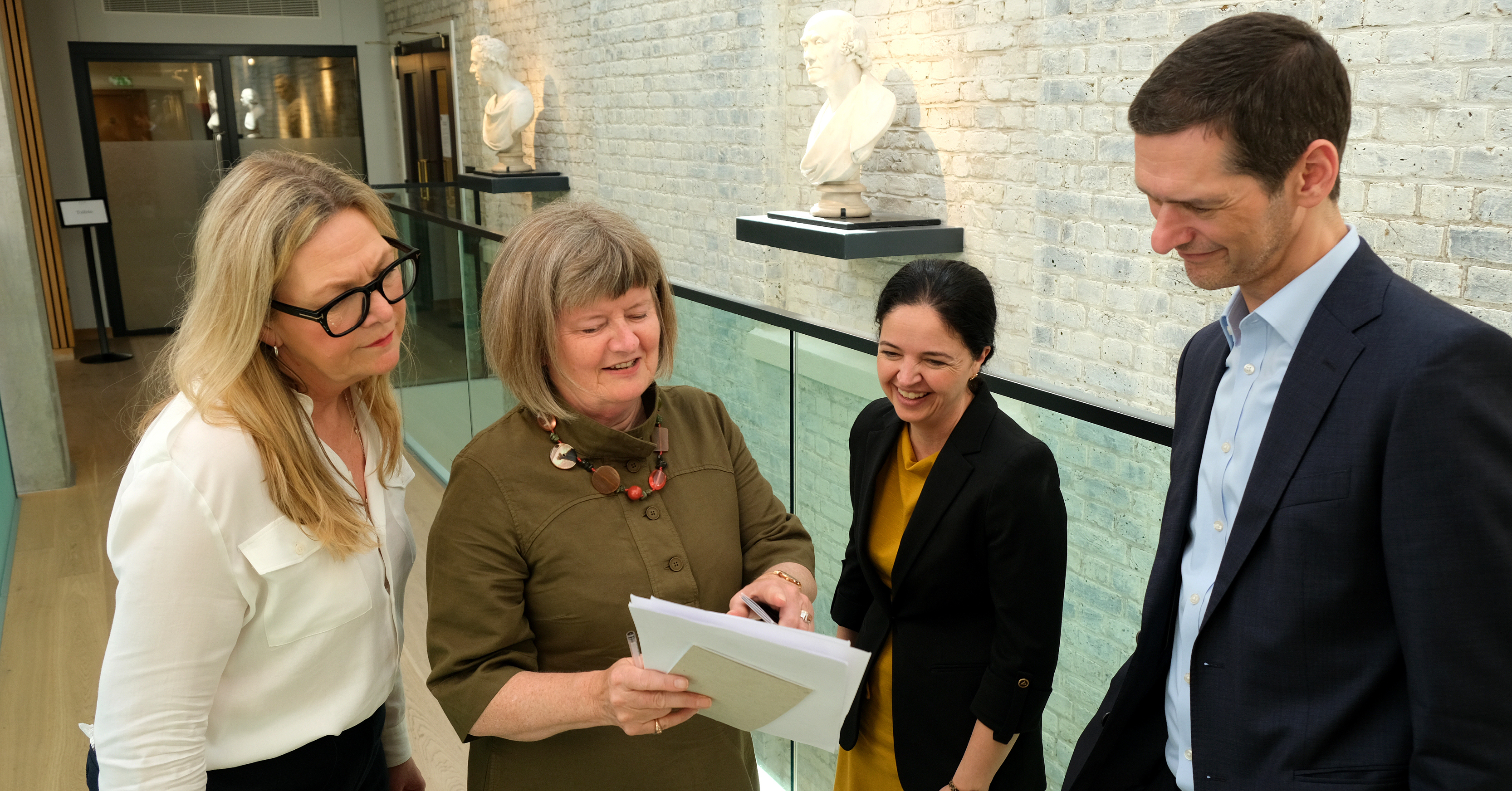
BREEAM podcast to explore sustainability solutions and trends with industry leaders

Experts Weigh In – Multifamily Market Breakdown: Sustainability Trends and Outlook

BREEAM Champions DOE’s Net Zero Building Definition, Advancing Sustainable Practices for a Decarbonized Future
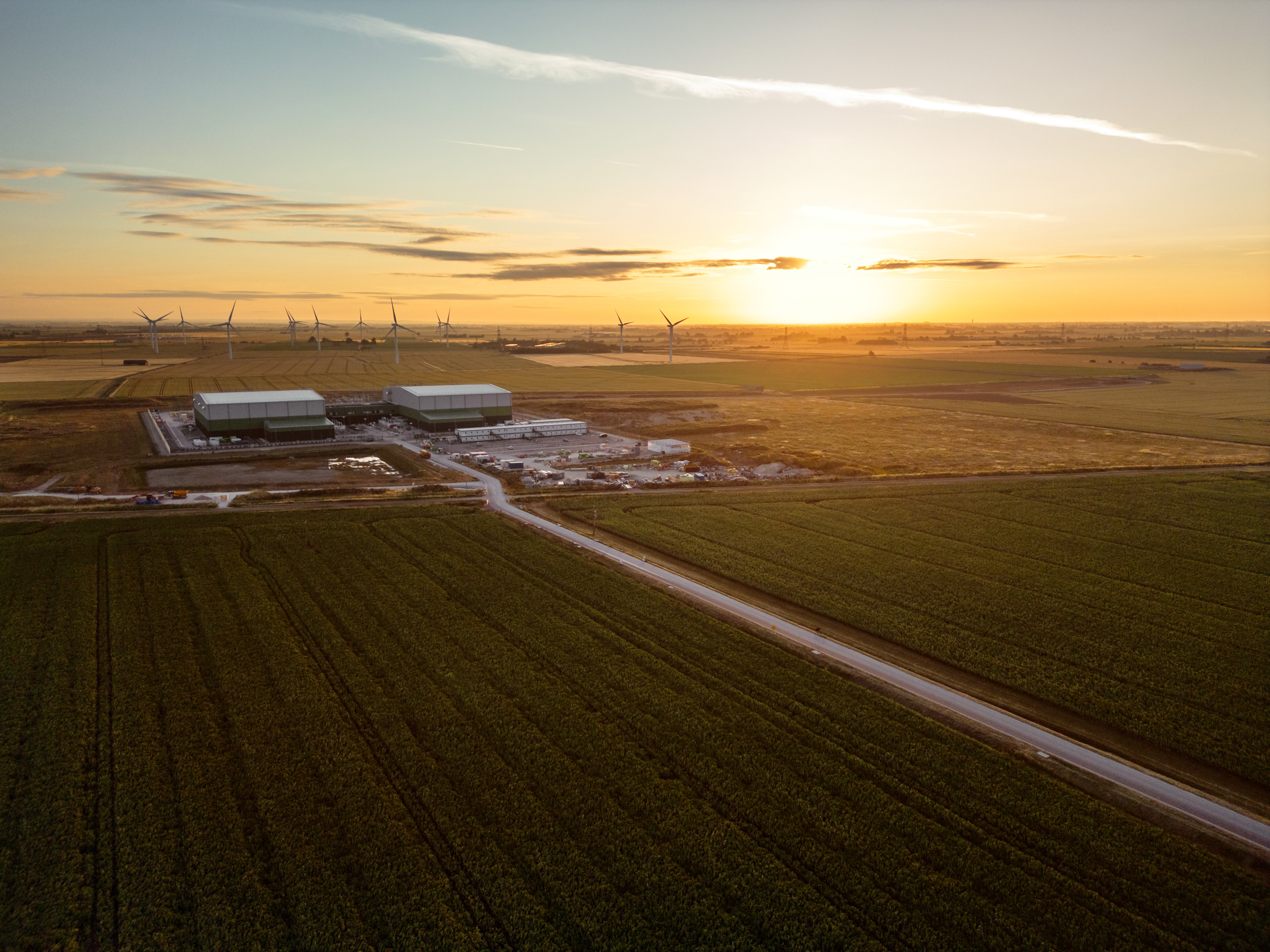
Viking link project awarded BREEAM Infrastructure "Very Good" certification
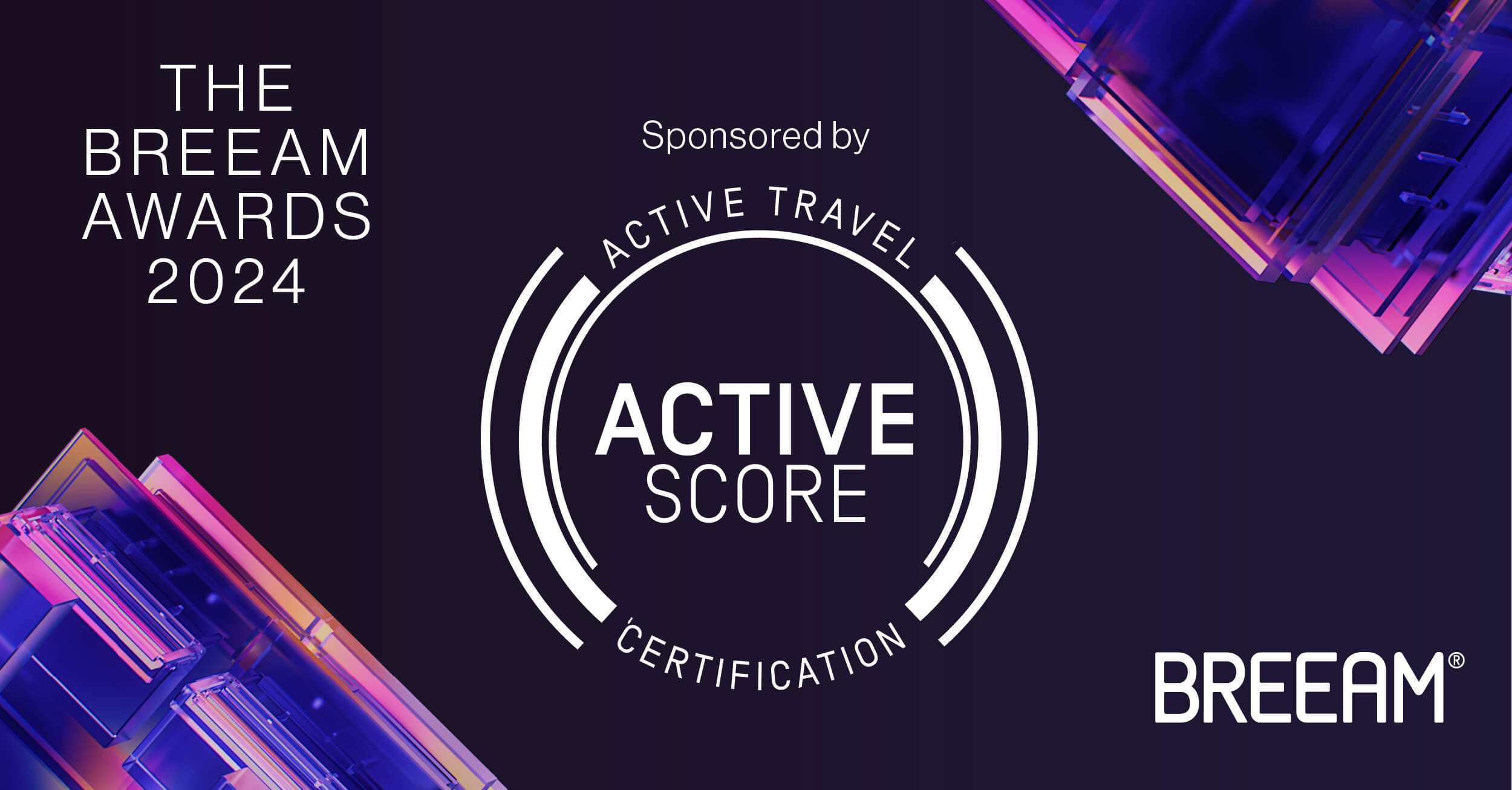
ActiveScore announced as headline sponsor of prestigious BREEAM Awards

How BREEAM can support your journey to net zero carbon

BRE announces launch of the BREEAM Awards 2024

BREEAM USA's 2023 year in review: geographic and sector expansion drive robust certification growth
BREEAM case studies
Browse the latest case studies from BREEAM
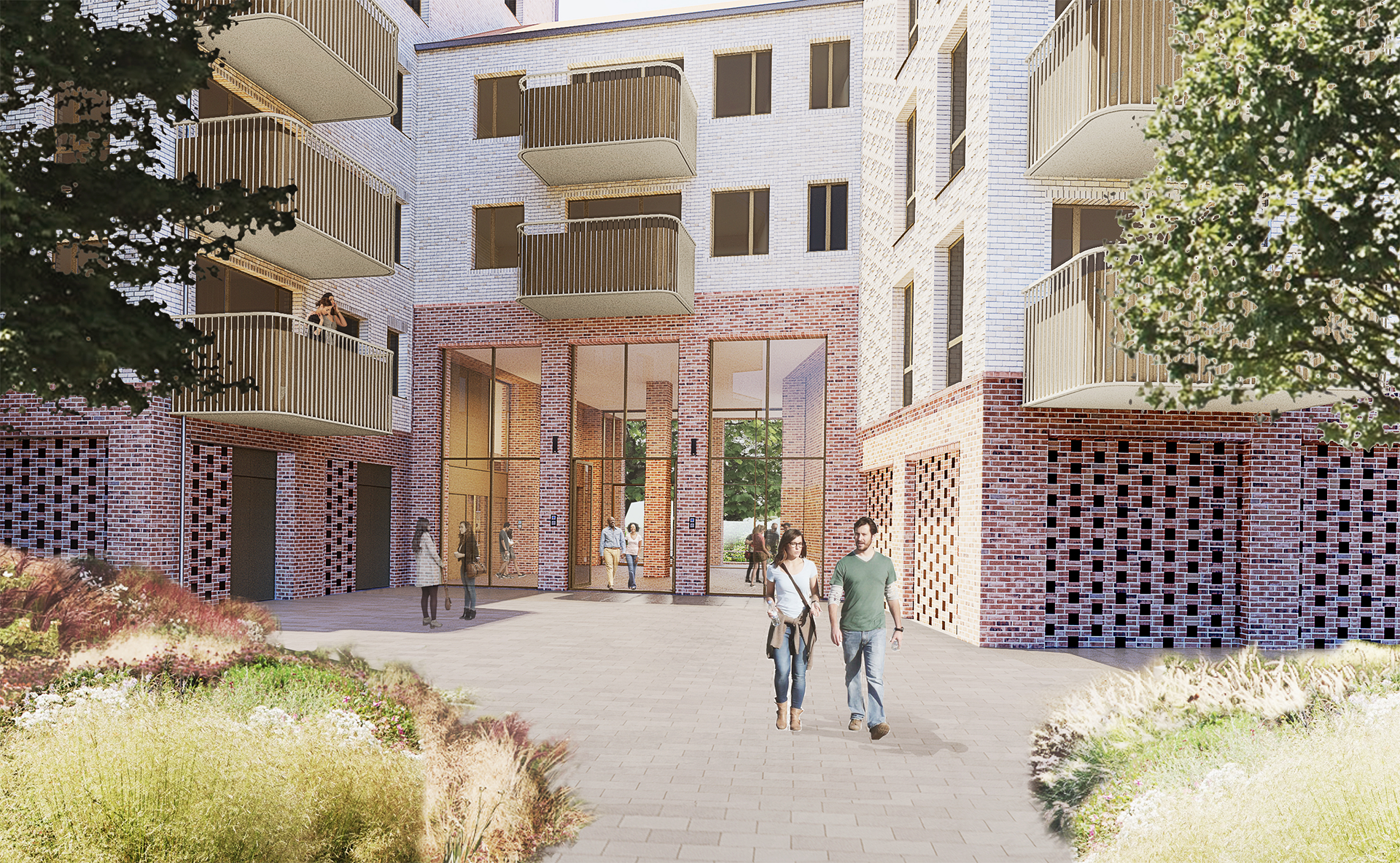
How HQM shapes the future of social housing: City of London's Sydenham Hill Estate and York Way Estate developments

HAUT Amsterdam first residential building in Netherlands to achieve BREEAM Outstanding

BREEAM guides sustainable design and construction of Unilever HIVE’s food innovation hub

Heritage meets sustainability: The Northcliffe's journey to BREEAM Outstanding

ASR elevates residential sustainability with Mark e.o. Huizen BREEAM In-Use project
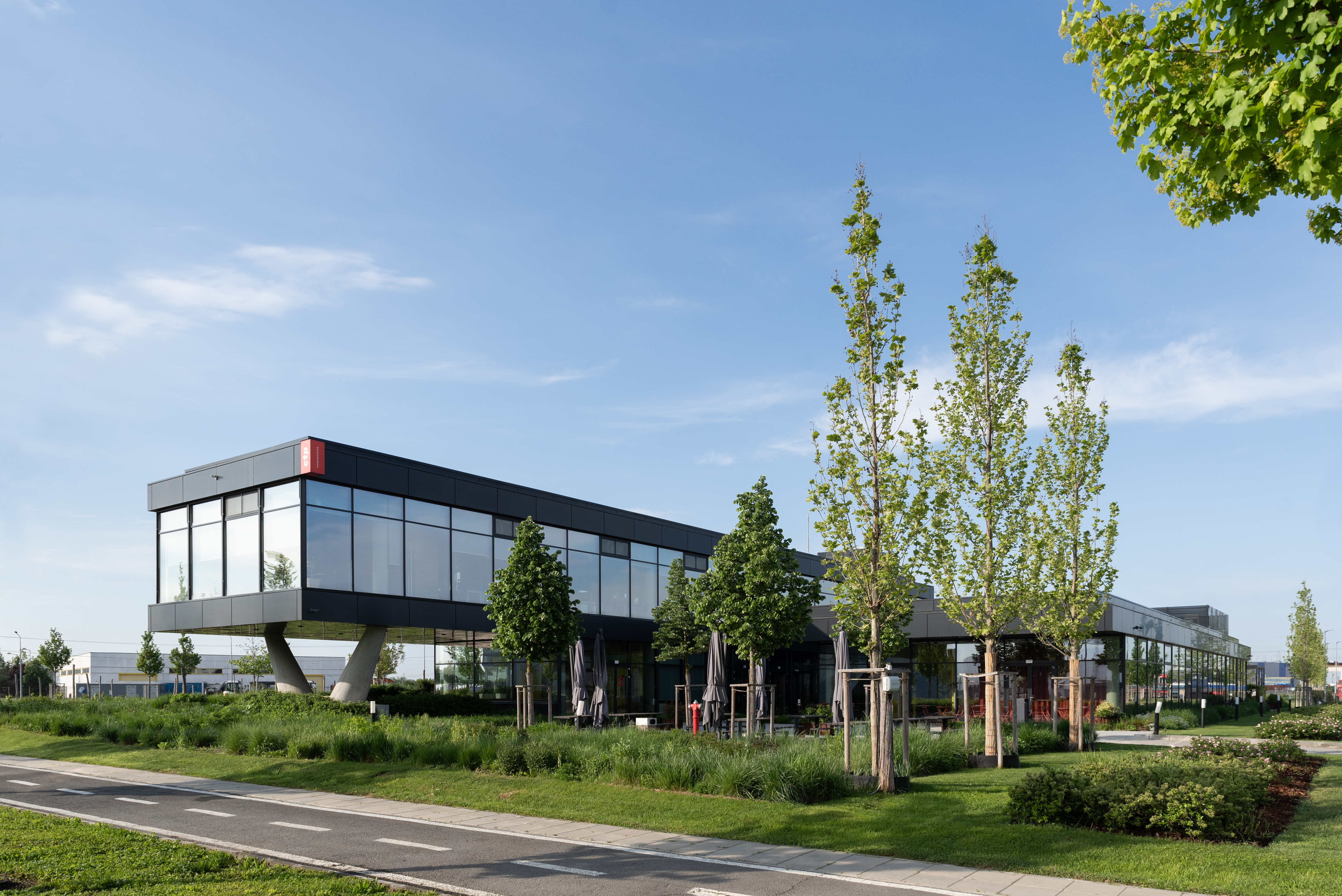
CTP Clubhaus: leading the way with BREEAM Outstanding in sustainable industrial development

KKR scales sustainability with BREEAM across a diverse US property portfolio
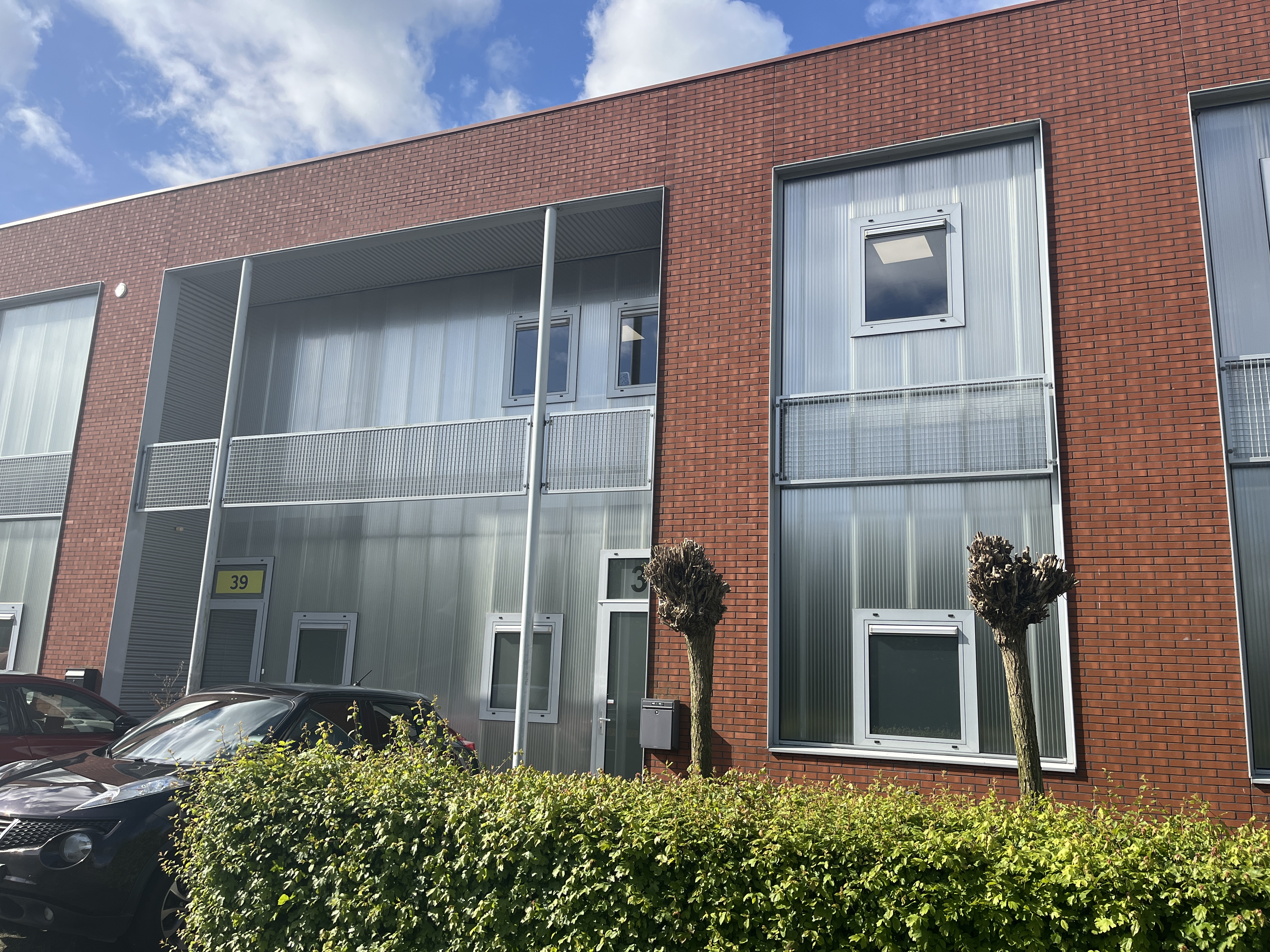
Pioneering sustainability in the built environment with DuurzaamheidsCertificering BV, winners of the BREEAM Best Assessor Award 2024
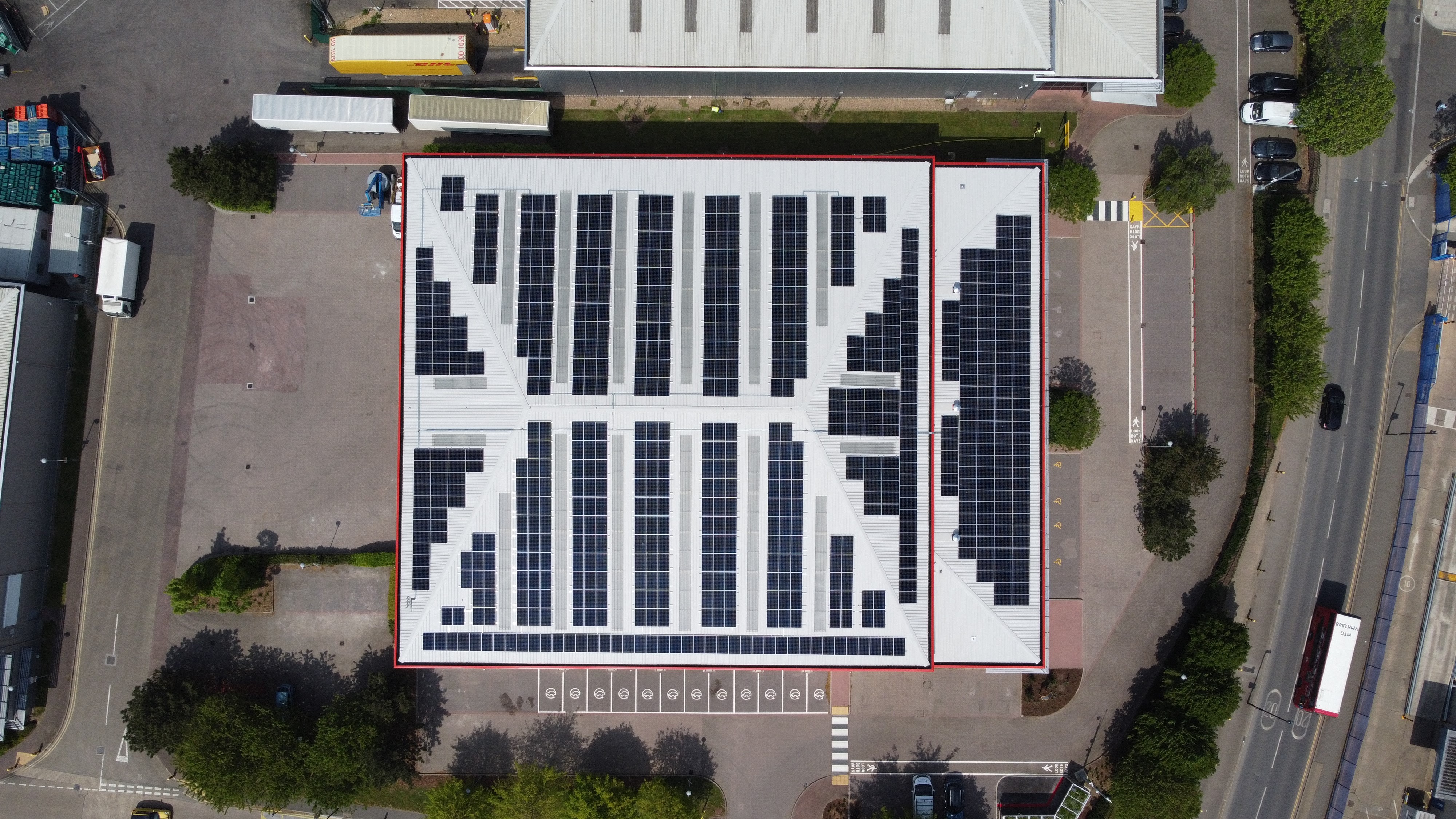
Innovative refurbishment at 2 Auriol Drive sets new standards with BREEAM Outstanding achievement

Fugro's new BREEAM Outstanding headquarters a benchmark in sustainable office design
Get in touch
Contact us now or call us on +443333218811 if you would like to talk to our team about how BREEAM can support you.
Return to BREEAM Homepage